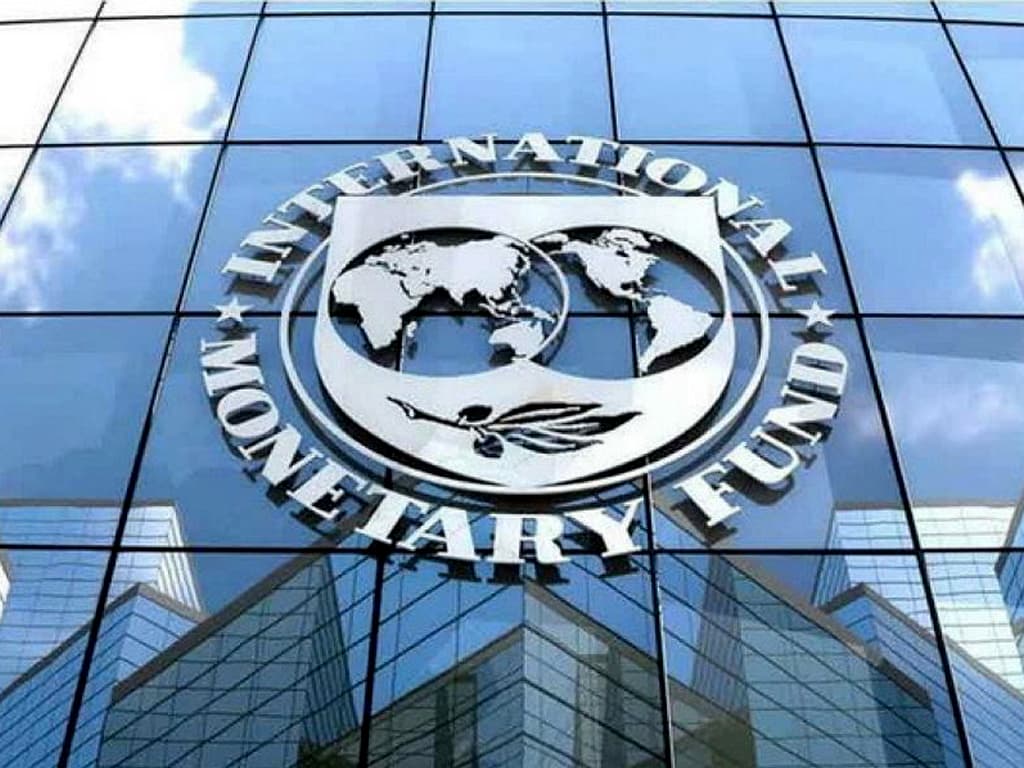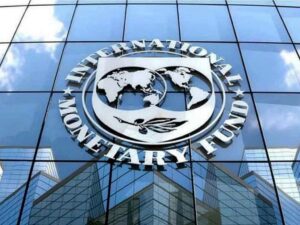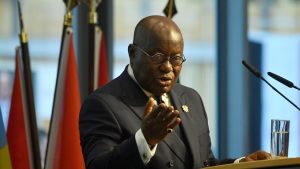Jerry Lukendo Mbokani has to make several calculations when he sends money to his elderly mother in the Democratic Republic of Congo.
In Kampala, Uganda, where Mr Mbokani has lived for 16 years, he first has to buy US dollars. To convert approximately $100 (£80) worth of Ugandan shillings would cost almost $3, he reports.
He also adds the withdrawal fee of $7, so that his mother doesn’t incur a fee when receiving the money.
He sends these remittances through mobile money, usually phone-based digital transfers, rather than through a physical location like a bank, post office, or Western Union-style money transfer company. In real terms 10% of the amount could be eaten up in fees.
Mr Mbokani, the chief executive of the Refugee-Led Organization Network (Relon), knows he’s far from alone.
One target of the UN Sustainable Development Goals is that by 2030, remittance fees should be less than 3%, and total fees to send and receive money between a pair of countries should be no more than 5%. Some researchers believe that to be truly affordable, the first goal should be even less than 3%.
The International Monetary Fund has estimated that reaching this target could generate $32bn (£26bn), even apart from the direct-cost savings.
This is because remittances have such powerful knock-on effects for the economy, and people tend to send more in remittances when fees are lower.
Yet the world is far off this target. According to the World Bank, the global average is 6.2%, over double the target.
It’s especially pricey to send money to sub-Saharan Africa, where the average transaction fee is 7.4%. For particular combinations of countries, fee percentages can climb well into the double digits.
One reason for high fees is inconsistent regulation.
Within Africa a payment company can’t use a single licence across multiple countries, says Nika Naghavi. She is the group head of growth at Onafriq, a digital payment network that extends through more than 40 African countries.
A result is that even between neighbouring countries with a robust trade and frequent population movement, money can’t always flow freely. For instance, Ms Naghavi says, transfers between Togo and Benin are frequent and straightforward, helped by having a common currency.
Yet money can’t easily be sent between Togo and another neighbour country, Ghana.
“That’s why the costs become heavy: a lot of it is in compliance and regulation,” says Ms Naghavi.
These requirements may not be so applicable to low-value transfers. Sending $50 to a relative in another country is not very risky, but may still fall under a complicated chain of regulations meant to safeguard against money laundering.
In some countries, “the regulations governing who can act as a remittance provider can be quite stifling,” says Ravenna Sohst, a policy analyst at the Migration Policy Institute Europe.
“For young companies to enter into this market requires a lot of technical, financial and legal knowhow, which I think is one of the reasons why the field has seen relatively few players for a long time.”
Ms Sohst says that Mexico-US is an example of a major remittance corridor, where more competition has helped reduce prices. Without competition, rates can be set by the few companies (or informal, cash-based agents) able to facilitate transfers between a pair of countries.
Limited competition also means that companies may not feel the need to disclose much information about fees. “It’s up to sometimes the service providers what they want to show to the customer,” says Uloma Ogba, a gender and learning specialist for the Migration and Remittances Program of the UN Capital Development Fund (UNCDF).
This can include misleading claims about zero-fee transactions, which “often means that the service provider and other agents involved along that transaction process are making money some other way”.
“Our North Star should be to ensure that these customer fees are as close as possible to zero,” Ms Naghavi says. “But today it’s not possible because of the underlying cost of running your business.”
Companies may temporarily lower or eliminate transaction fees during disasters, as occurred immediately after the 2023 earthquake in Morocco. But emergency expenses crop up at other times as well.
Female migrants, especially, are sending money home to cover unseen expenses. In Ms Ogba’s own monthly remittances from the US to Nigeria, she prioritises her parents’ healthcare, her cousin’s education, and communal obligations like funeral expenses. On top of this are contributions for home renovations.
Flexible pricing structures would be particularly helpful for women. They typically earn lower incomes than men and often send smaller, more frequent remittances for things like healthcare and education, Ms Ogba says.
Because digital remittances are more affordable than traditional banking (with average fees of 4.8% vs. 6.2% respectively), and because they can require less documentation, much of the innovation is occurring in the digital realm.
For instance, a fintech company catering to Gambian migrants in the UK found that its customers wanted to be able to directly pay utility bills for their families in Gambia.
It’s impossible to talk about digital innovation in sending money without mentioning cryptocurrency. Some enthusiasts believe that Bitcoin and other types of crypto promise more seamless transfers of money anywhere in the world.
However, volatility, patchy regulation and limited knowledge remain barriers to uptake of cryptocurrency for remittances.
Even more basic technologies can be out of reach for people sending and receiving remittances. While it’s cheaper to send mobile money, many of the poorest people in the world lack mobile phones and internet access.
While at least half of remittances are now digital, cash remittances dominate in low-and middle-income countries.
It can also be especially difficult for people on the move, or those unable to obtain official forms of identification, to provide tax ID numbers and other documentation.
In Uganda, Mr Mbokani says, refugee ID cards aren’t part of the same centralised register as national IDs. And there can be obstacles to using refugee IDs at some money transfer agencies.
Such issues mean that “we’re leaving a lot of people behind,” Ms Naghavi comments.






